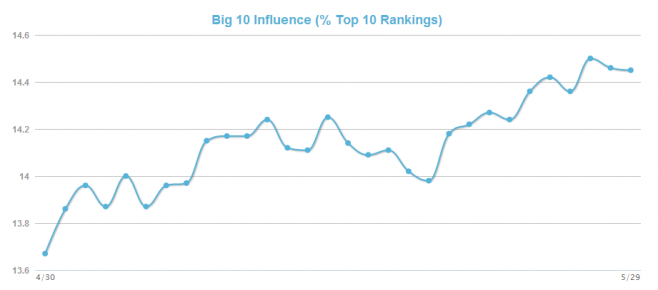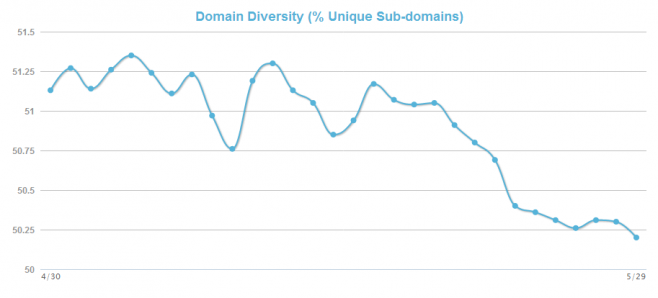As you probably already know Google released its latest in a long line of updates last week with the Penguin 2.0 (AKA Penguin 4) Update. Previous Penguin updates have focused on over optimisation of websites both through off site methods and onsite methods.
New blog post:Penguin 2.0 rolled out today goo.gl/fb/U7llH
— Matt Cutts (@mattcutts) May 23, 2013
Now the aim of this post is not to teach you how to suck eggs, but I will run through the main things to look out for with Penguin 2.0;
- Ensure that your anchor text ratio is not in favour of exact match anchor text, if it is it will need changing, use tools such as www.opensiteexplorer.com, www.ahrefs.com or www.majesticseo.com to check out your websites Anchor Text ratio.
- Check that your onsite optimisation is not pushed or forced in any way towards the keywords you are optimising for, making sure that your title tags, H1’s and meta descriptions are not overdone. Using www.screamingfrog.co.uk is a great way to check all of the pages on the website in one go.
- Make sure that you have your keywords on their most relevant page, do not try to crowbar in keywords onto your most authoritative page. Make the flow of keywords natural throughout the site. Do not be afraid to not optimise for a keyword on your homepage.
So now you have done your initial checks let’s have a deeper look into the penalty and the effects that it has had on the SEO industry. To do this we are using our own dataset 27000 keywords across our clients and information from www.linkresearchtools.com.
Looking at our data initially, as mentioned by Matt Cutts in his blog post the latest update affected 2.3% of keywords across English search queries (For more information on % of keywords affected click here).
Based on the information from link research tools we see a slightly different outlook on the penalty, it was just a focus on a single badly hit website however their outcome based on the above rules was the same. The website had been dropping in terms of its search visibility over the previous few months, so it wasn’t something that they wouldn’t have been expecting. Looking into their backlink profile they had a large number of site wide links for their money keyword from low quality websites including a large amount of paid blog posts. This shows that no matter how many updates that Google bring out and what they tell you the updates are focusing on, there is only one real metric that Google can accurately analyse, Links! Now this is something that will change in the future as Google becomes more advanced and this will more than likely be another cute, furry, black and white animal.
Some of the most notable things that we have seen since the release of Penguin 2.0;
- A large amount of websites now ranking in the top 10 are big players within their industry, e.g Autotrader(Automotive), Ebay & Amazon (Shopping) etc…Â (backed by the data from www.mozcast.com)

- The Domain diversity of Google’s result pages has Dropped meaning that we have seen a lot more occurrences of the same site in the top 10 results. (backed by the data from www.mozcast.com)

- The amount of web pages that are ranking for their homepage have dropped, this ties in with the theory that Google is focusing more on relevance as a metric than authority. But links do still count!
Ensure that you are following the above tips and not pushing the boundaries too far; if you want to share your findings please do so in the comments box below.
